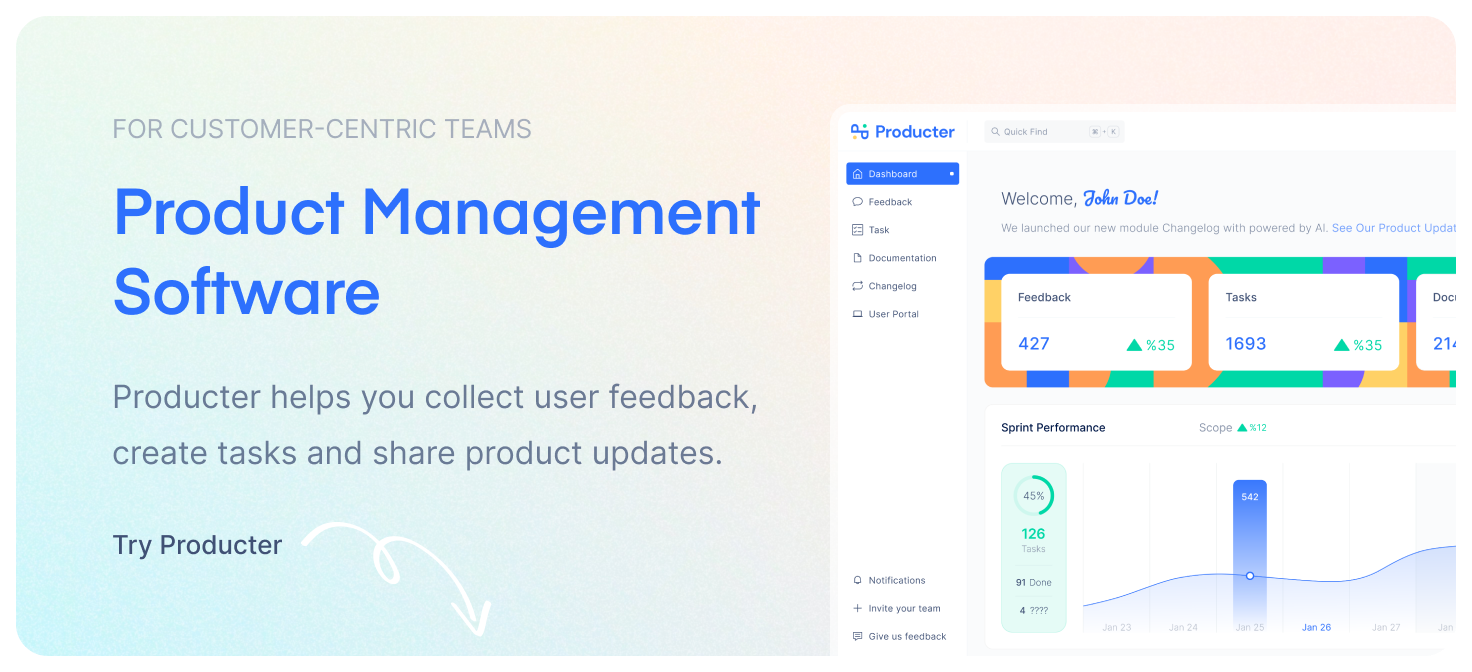What Are Organizational Silos?
It is a problem when it stems from the inability to communicate effectively and efficiently within and across teams in an organization.

Importance
Any organization that operates multiple departments serving different functions and works separately from the others will inevitably experience organizational silos. When this happens, it can turn problematic for members to work together on projects and achieve a common goal. That can ultimately lead to frustrations and inefficiencies that hurt productivity. That is where the “organizational silos” term becomes a considerable problem.
When this problem exists in your business, it is often hard to create a unified message. When you bring everyone together and start building unity, this will help set ground rules for communicating among all departments. To achieve a unified message, you have to agree upon what that message is and then have everyone in the company state it in their own words.
It would be best if you could build clear communication channels between teams. This can be difficult for an organization to resolve this situation in the first place. In some cases, the interaction between these departments can cause rivalry to form.
How Can We Overcome These Silos?
It is widely known that your business will fail if it cannot adapt or change. It has to be ready to face the inevitable challenges of change, competition, and risk in the market. Silos tend to make an organization slow and rigid, thus making such adaptation issues more challenging. Silos also lead to an absence of communication due to the departmentalization of roles and responsibilities within your organization. Here are 5 essential ways to solve it:
1. Make clear communication.
Creating a unified and centralized message across people, roles and silos is the key to overcoming organizational silos and maximizing employee effectiveness.
2. Work together.
Share your ideas and work on the same documents. Use different tools to make your goals and tasks more manageable.
3. Ask questions. Give or take feedback.
It is important to make progress. As a team, members should support each other.

4. Get to know your strengths and weaknesses.
Whether customer engagement or product quality, every attribute needs to be identified as clearly as possible and then solved for. Because of that, teams need to know their pain points and strong points.
5. Transfer knowledge across the organization.
It makes information available, creates transparency within roles and departments, and improves cross-pollinate knowledge between teams.
Despite our best efforts, silos can still exist in well-meaning companies. They are not always intentional, but they can prevent rapid communication and create barriers between teams. By setting clear goals and parameters for cross-team collaboration, we can overcome the roadblocks of communication that exist in organizations.
Producter is a product management tool designed to become customer-driven.
It helps you collect feedback, manage tasks, sharing product updates, creating product docs, and tracking roadmap.






